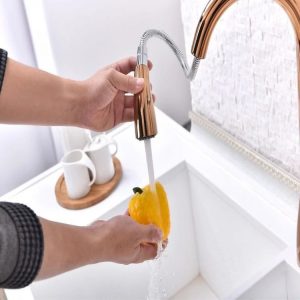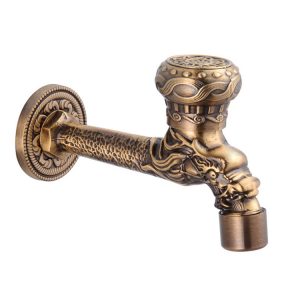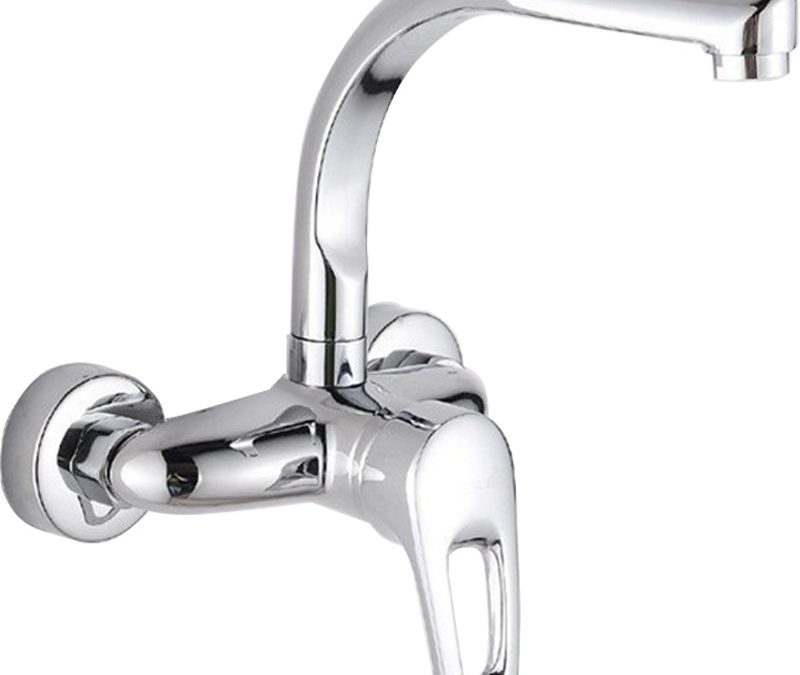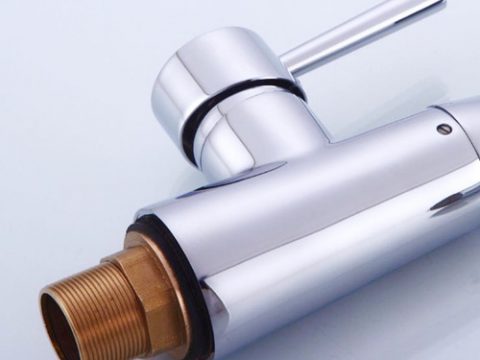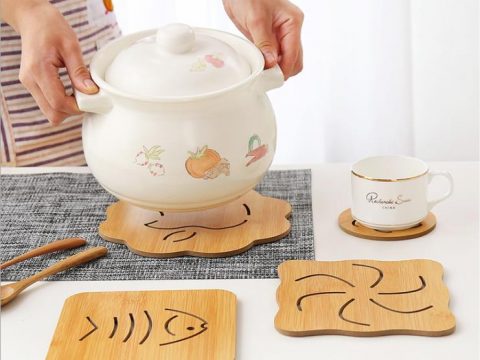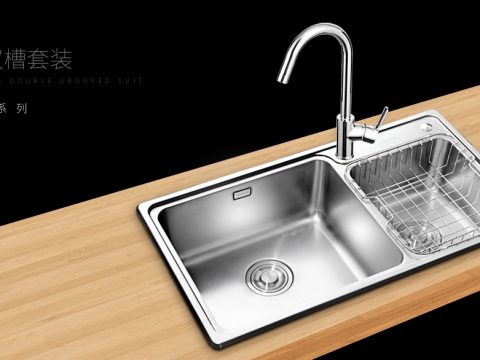- Contact us now!
- +86 18868944843
- ken@nbthe.com
Cleaning and maintaining your bathroom faucet
Regular cleaning and maintenance are essential to keep your bathroom faucet looking beautiful and functioning optimally. Here are some tips to help you clean and maintain your bathroom faucet:
1. Daily Cleaning:
- Wipe down the faucet with a soft, damp cloth after each use to remove water spots, soap residue, and toothpaste splatters.
- Use a microfiber cloth or chamois to prevent scratching the faucet’s finish.
2. Weekly Cleaning:
- Once a week, clean the faucet more thoroughly with a mild soapy solution. Mix a few drops of dish soap with warm water and use a soft cloth or sponge to clean the faucet.
- Pay attention to hard-to-reach areas, such as the base of the faucet and the crevices around the handles.
3. Removing Mineral Deposits:
- If your area has hard water, you may notice mineral deposits (calcium and lime scale) building up on the faucet. To remove them, soak a cloth or paper towel in white vinegar and wrap it around the affected areas.
- Let it sit for about 30 minutes to loosen the deposits, then gently scrub with a soft brush or toothbrush. Rinse thoroughly with water afterward.
4. Avoid Harsh Cleaners:
- Avoid using abrasive or harsh chemical cleaners on the faucet, as they can damage the finish. Stick to mild soaps, white vinegar, or specialized faucet cleaners, if needed.
5. Clean Aerator Regularly:
- The aerator is the small mesh screen located at the end of the faucet spout. It can collect debris and sediment over time, affecting water flow.
- Remove the aerator, soak it in vinegar to dissolve any buildup, and then rinse it thoroughly before reattaching it to the faucet.
6. Check for Leaks:
- Periodically check for leaks around the base of the faucet and the handles. If you notice any leaks, address them promptly to prevent water damage and wastage.
7. Avoid Using Harsh Tools:
- When cleaning the faucet, avoid using rough scrubbing pads or abrasive tools, as they can scratch the finish and damage the faucet’s surface.
8. Check and Tighten Connections:
- Periodically check the water supply connections underneath the sink to ensure they are tight and secure. Loose connections can lead to leaks.
9. Be Gentle with Handles:
- Operate the faucet handles gently, avoiding excessive force. This will help prevent wear and tear on the faucet’s internal components.
10. Schedule Regular Maintenance:
- If you notice any persistent issues with your faucet or are unsure about its condition, consider hiring a professional plumber to perform routine maintenance and inspections.
By following these cleaning and maintenance tips, you can keep your bathroom faucet in excellent condition, prolong its lifespan, and maintain its aesthetic appeal for years to come.
